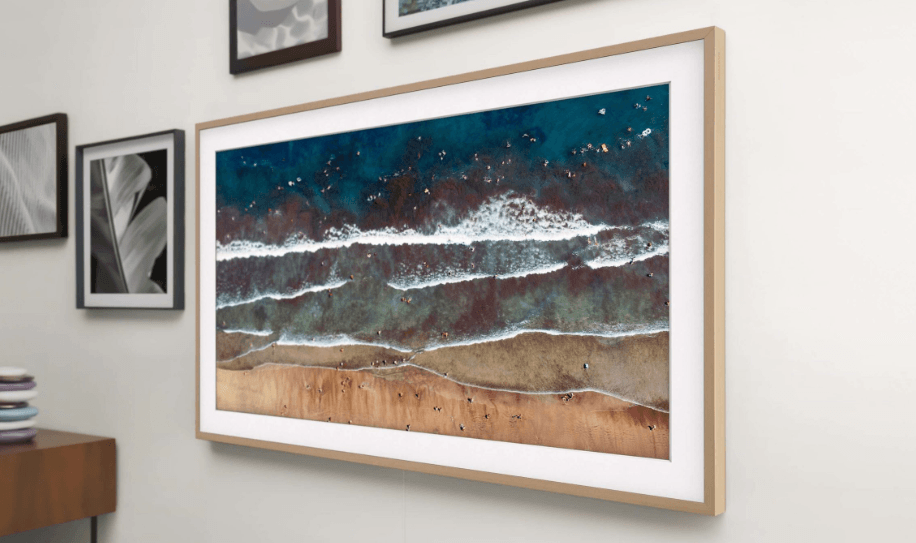
Consumer electronics ratings site Rtings has sparked a bit of controversy with its claims that thinner LCD TVs featuring edge LED backlights have significantly shorter lifetimes than other kinds of televisions.
The company said it tested more than 100 TV models in the summer, subjecting them to over 10,000 hours of use (equivalent to six years of typical usage) and in its results that were published in July, it founded that edge-LED TVs would break much more often than other kinds of TVs, such as direct LED, full-array local dimming and OLED models.
According to FlatPanels HD, which reported on the tests earlier this week, edge-lit designs are most often found in mid-range televisions. It’s also most famously used in Samsung’s popular and iconic art gallery-style TV, known as The Frame.
Unfortunately for anyone who owns such a TV, the results were alarming, with a whopping 64% of those models suffering from problems with visible light uniformity after 10,000 hours of use. That’s far higher than the average of just 25% for other TV types.
Rtings said the results of its tests are “unequivocal”, showing that edge-lit television models are extremely prone to “significant durability issues” such as cracked light guide plates, burnt-out LEDs that fail to due the concentrated heat, and warped reflector sheets.
Worse still, it didn’t even take 10,000 hours for most of these issues to show up. Of the seven edge-lit TVs that showed issues with visible light uniformity, three began to do so after just 2,200 hours of use, which equates to around a year’s worth of viewing in the average household.
Rtings used thermal imaging to try and find out why edge-lit LED TVs seem to degrade much faster than other types of displays, and it discovered that they tend to run much hotter at the bottom edge, which is where the LEDs are concentrated. In the case of one unnamed edge-lit LED TV, it became so hot that a part of the TV’s bottom edge started to melt and warp.
For other types of TVs, such as Direct LED models, which position their LEDs behind the panel, the heat tends to be distributed much more evenly across the screen, reducing the chances of heat-based deformities.
Rtings explained that the first edge-lit LED TV it tested was the Samsung AU8000, and it later tested four other Samsung models and two from LG Electronics, finding that they all suffered from the same issues due to their fundamentally identical design.
Not surprisingly, Samsung has come out and said it objects to Rtings’ test results, though it didn’t specifically criticise the methodology that was used.
In a statement to Rtings, the world’s number one television manufacturer said edge-lit LED panels have been used “reliably” in its televisions for more than 15 years, and it believes the durability of such models has always been comparable to that of direct-lit models in real-world conditions.
“We have continuously improved the optical components and thermal management of edge-lit models, subjecting them to over 20 long-term reliability tests, including high-temperature testing,” a Samsung spokesperson said. “We remain dedicated to ongoing technological development to further enhance product quality.”